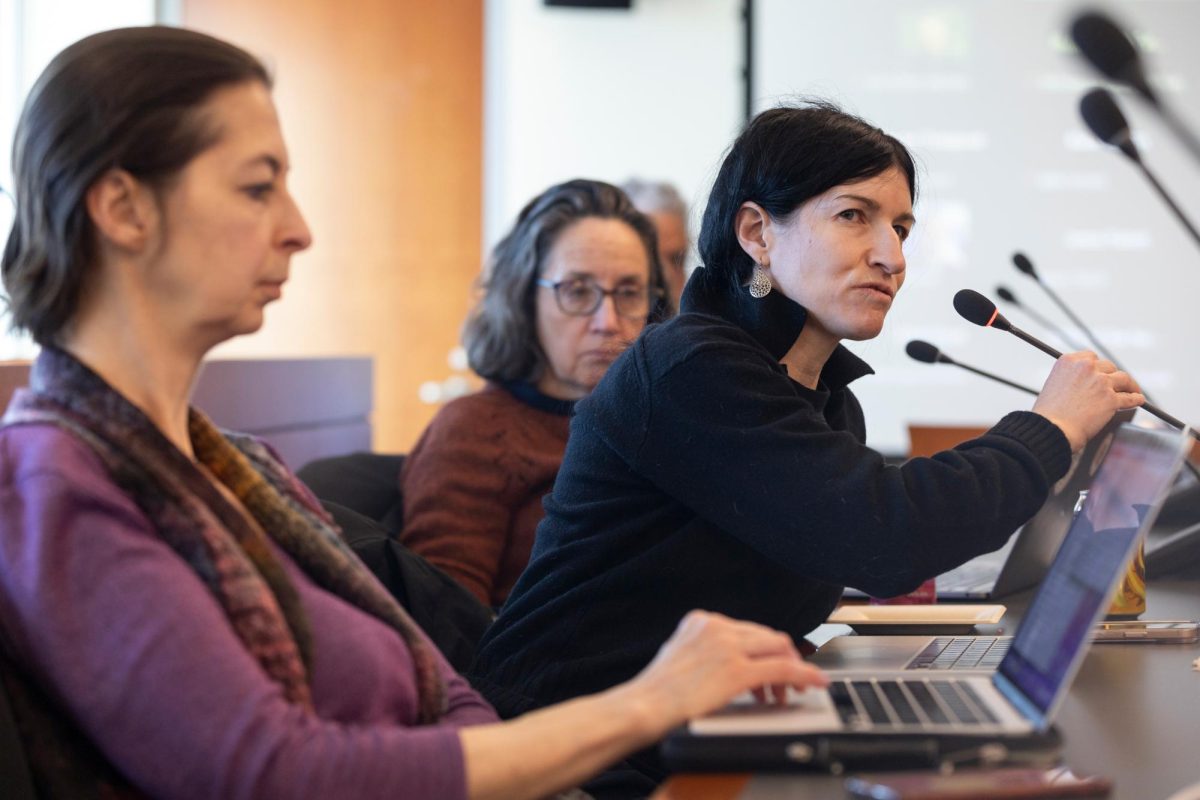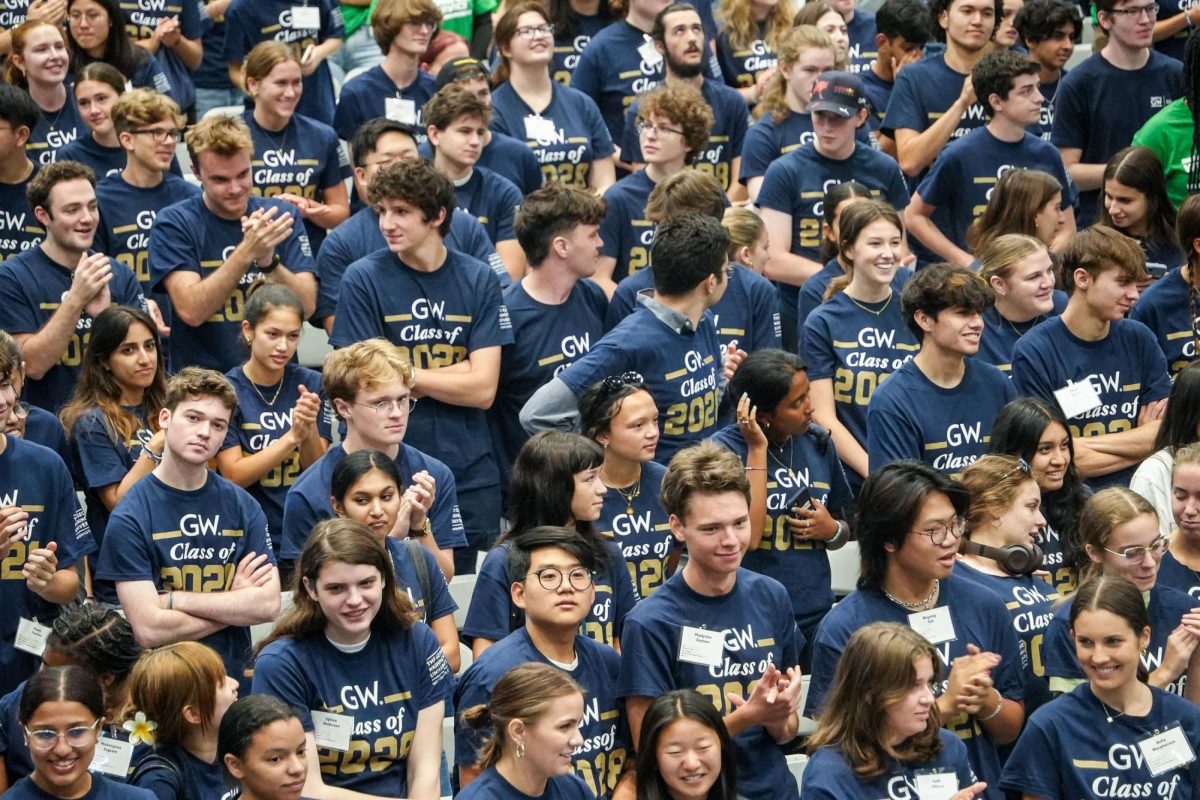The Loeb Institute for Religious Freedom in the Columbian College of Arts and Sciences recently launched a project mapping disparities in religious freedom worldwide in collaboration with two non-governmental organizations.
Officials at the Loeb Institute teamed up with 21Wilberforce and Genocide Watch to create and publish the Religious Freedom Data Spectrum that uses qualitative data to locate places of religious oppression and identify early warning signs of genocide. Collaborators on the project said the initiative aims to provide NGOs and policy-makers easy access to data on religious freedom and persecution for advocacy and documentation.
The Loeb Institute introduced the project at a kick-off event Wednesday with 21Wilberforce and Genocide Watch, where they said the project expands access to a diverse set of data on religious freedom and the documentation of research on religious persecution will help broaden existing perspectives on religious freedoms worldwide.
Samuel Goldman, the executive director of the Loeb Institute and an associate professor of political science, said members of the institute helped 21Wilberforce compile data from various research organizations on government restrictions, social hostilities and other roadblocks to religious freedom. Goldman said the Loeb Institute worked with 21Wilberforce to create a publicly accessible interactive map with these categorized measures of religious freedom for each country.
“It’s our hope that this is a resource that will be useful, not only to students and researchers but also to journalists, activists and political staffers who are trying to get a better sense of the condition of religious freedom around the world today,” he said.
Goldman said the Loeb Institute provides fiscal resources, like grants and internship support, for students who want to research religious freedom. He said the mapping project will help expand the academic institute’s name and contribution within the GW community.
“Our hope is that the data spectrum will become a go-to resource for people working on the issue, and when they do that, they’ll also learn more about the Loeb Institute and our role at GW,” Goldman said.
Trenton Martin, the advocacy and training coordinator for 21Wilberforce and the project leader, said his organization joined Genocide Watch and the Loeb Institute to create an interactive map with 14 layers of data that display each individual country’s ranking in terms of religious freedom. He said 21Wilberforce originated the project to consolidate a diverse range of religious freedom data and used student research assistants who helped collect data and build the website.
“It also helps to ensure that we do not remain blind to the wide range of perspectives and issues that exist in many of the countries that we engage in,” Martin said in an interview. “The situation of religious freedom is often a very complex story within each national context and this project helps us to understand those stories.”
Martin said collaboration among the three organizations will add new annual reports from NGOs and other international perspectives to continue improving the project. He added that the data is missing some religious perspectives, including Hindu and Sikh, that are necessary to fully represent religious freedoms worldwide, and he hopes to add more indicators of religious oppression to the map.
“There are some holes in the data though,” Martin said at the event. “We’d love to see some more research done from potentially a Hindu perspective or a Sikh perspective. There’s lots of potential out there for getting more voices on these issues.”
Gregory Stanton, the president of Genocide Watch, said his organization’s staff provided 21Wilberforce the technical expertise to map the compiled data on religious persecution around the world. He said Genocide Watch became involved because of their previous research on religious freedom revealed that religious persecution is a significant predictor of genocide.
“Genocide Watch has always realized that religious persecution is one of the best predictors of genocide,” he said. “And so, this project which documents religious persecution all over the world helps Genocide Watch predict and prevent genocide.”
Stanton said Genocide Watch shares these warning signs with workers in the U.S. Department of State, open-source journalists, the National Security Council and other policy-makers. The religious freedom spectrum enhances the documentation of religious persecution worldwide, he said.
“You can see it coming in other words, and in being able to see genocide coming, it means you can do things to prevent it that are much short of military action, and that’s what we try to do,” Stanton said.
Shari Gordnier, an early warning analyst for Genocide Watch, said at the event that the Religious Freedom Data Spectrum will present research in an easily accessible and condensed format. She said this data summarizes experiences all over the world down to single numbers that will help researchers and legislators determine and advocate for those experiencing religious injustices.
“Data is important to research on religious freedom and religious persecution because, in combination with survivor stories, it becomes a powerful tool for advocacy in the face of atrocities,” she said.







